Hand-made coffee deep roasting coffee beans taste good is not bitter? Which acid is the difference between the taste of Yejasuffi and Manning?
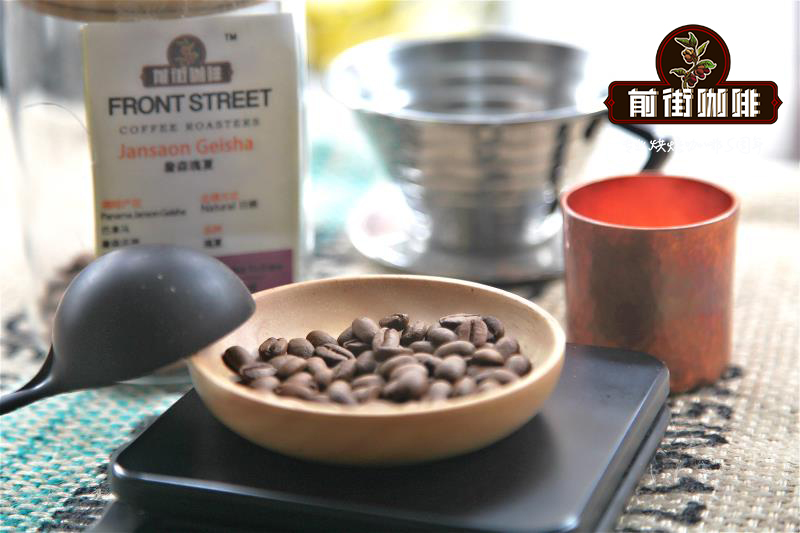
Professional coffee knowledge exchange more coffee bean information please follow the coffee workshop (Wechat official account cafe_style)
Coffee beans need to be roasted before they can become a drinkable raw material, and then ground and boiled to finally become a cup of coffee with a sweet taste. Different roasted coffee beans have different characteristics, and the degree of baking is roughly divided into light baking, medium baking and deep baking. The deeper the roasted coffee beans, the more mellow the taste, the lower the acidity, and the higher the bitterness. Qianjie will show you how to brew a cup of medium-and deep-roasted coffee and take away all the skills!
The degree to which coffee is roasted depends on the color of its appearance: light, medium or dark, although this is not the most accurate way to judge the degree of roasting. Some coffees are naturally darker or lighter than others, but it is still the most convenient way to judge the degree of roasting. When buying coffee, you will expect different roasting degrees of coffee to have their own characteristics.
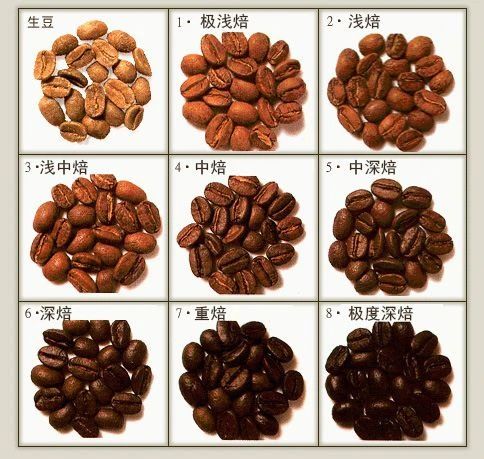
Shallow roasting can best retain the original characteristics of coffee beans.
Light roasting has a light brown and brown appearance and the roasted beans have less oil, making it the most acidic and brightest coffee of all roasting degrees.
On the other hand, the coffee grown in different regions can best show the quality of the coffee, and most of them taste the original flavor of the coffee, which is the reason why the cup test is often tested with shallow roasted beans.
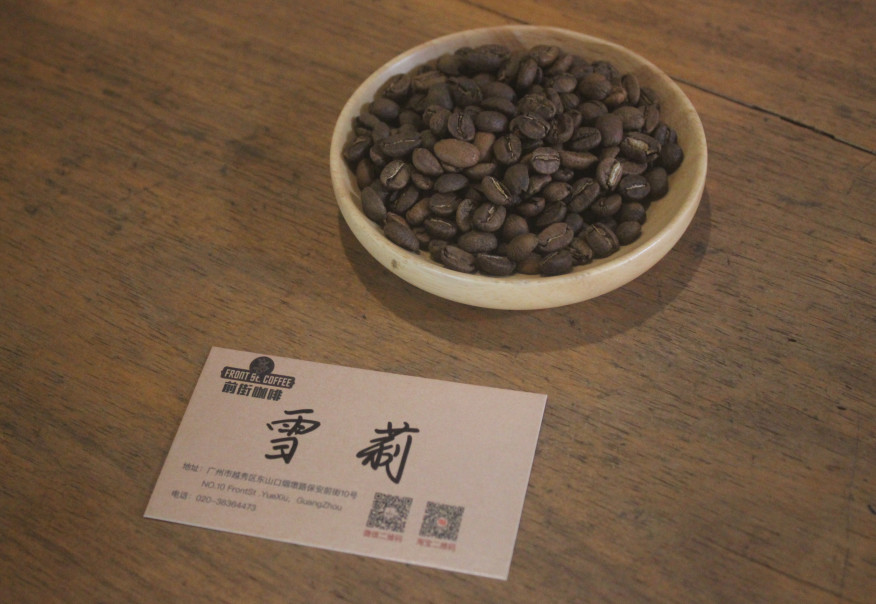
Medium baked with balanced acid and alcohol thickness
Medium roasted coffee has a darker brown appearance than light roasted coffee, and the fat of the coffee may also be visible on the surface. This roasted coffee not only leads to the coffee flavor and aroma, but also balances the acidity and alcohol thickness, and can also taste the original flavor of the coffee, but the distinct acidity of the coffee will be replaced by the full alcohol thickness because of the roasting process.
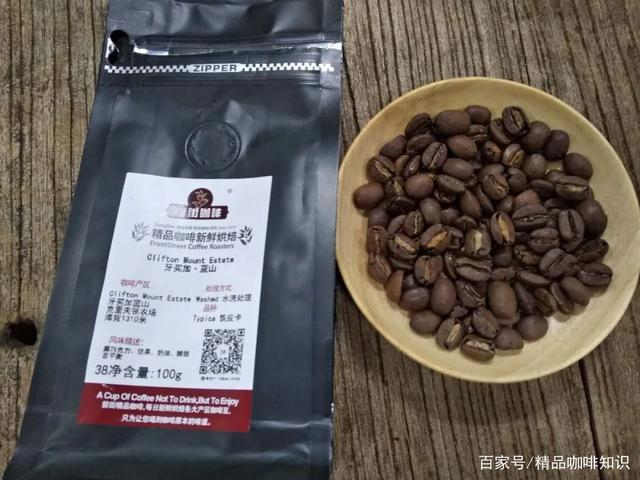
Deep baking shows full mellow thickness and strong flavor.
Dark roasting has a dark brown or even close to black appearance, showing a chocolate-like flavor, you can see the coffee oil in the appearance.
The appearance of deep-roasted coffee is rich in oil
When you taste deep-roasted coffee, you can almost only drink the flavor produced during baking, and the distinct acidity of coffee when it is lightly roasted will be replaced by the thickness of deep-roasted alcohol. After deep roasting, the original flavor of coffee almost disappears, and it is difficult for you to drink the regional flavor of coffee or the flavor characteristics of batch processing in deep-roasted coffee.
Everyone's preference for roasting is very different, and different roasting degrees show different characteristics of coffee, and knowing these can help you better understand the different properties of coffee, whether you prefer light / medium / deep roasting.
You can try different kinds of coffee with different roasting degrees, and then you can know what your favorite roasted coffee is!
Grinding coffee beans is the first step in brewing coffee, but it is also a step that many people are prone to failure, either too fine or too thick, indirectly affecting the taste of the coffee. If you want to accurately grasp the size of coffee powder, it is recommended to use an electric bean grinder that can adjust the scale to accurately master the grinding degree. Take the small Fuji bean grinder as an example, the best thickness of hand coffee powder is in the middle of the 3-4 scale, and fine sugar can be used as a reference.
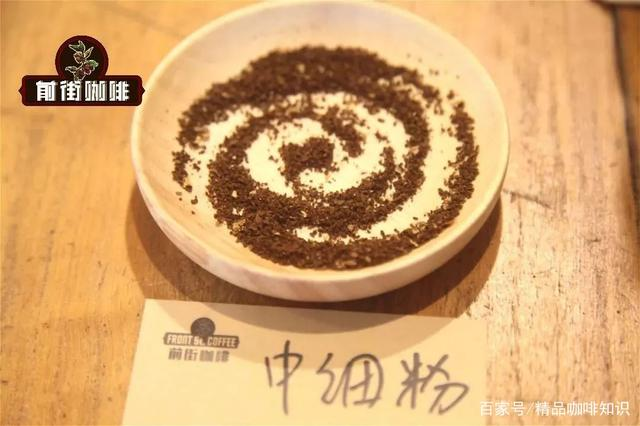
Take the small Fuji bean grinder as an example, the best thickness of hand-made coffee powder is in the middle of 3-4 scales, and the screen pass rate is 80%.
To put it simply:
Light baked candle: need fine grinding, 90-91 degrees water temperature
Deep-baked Manning: need medium grinding-rough grinding, about 88 degrees water temperature
Different cooking methods and habits have their own suitable grinding thickness. Espresso is suitable for fine grinding, filter type and wind kettle are suitable for medium grinding, and French filter kettle is suitable for rough grinding. For example, in terms of the time of soaking coffee powder in water, the longer the time, the thicker the grinding particles will be; the shorter the time is, the finer the grinding particles will be. But this is only a major principle, usually might as well try more, must be able to find out the most suitable for their own cooking methods and habits.
If the grinding thickness is different, because the fine coffee powder is extracted by water faster than the coarse coffee powder, there will be a problem that the extraction time can not be controlled, that is, at the same time, the fine coffee powder is soaked in water for too long, but when it has been over-extracted, the coarse coffee powder is insufficient because of insufficient soaking time. This kind of coffee is definitely not a good cup of coffee.
Here are four tips.
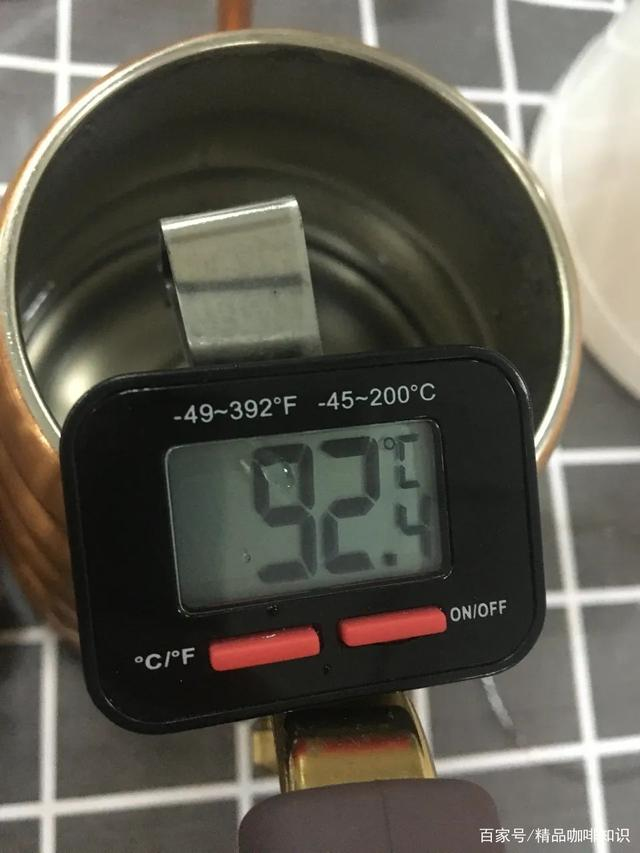
First: low (low temperature)
Medium-and deep-baked beans are recommended to be boiled at a water temperature of 83 to 86 degrees. Lowering the water temperature can slow down the extraction rate and reduce the extraction of bitter substances.
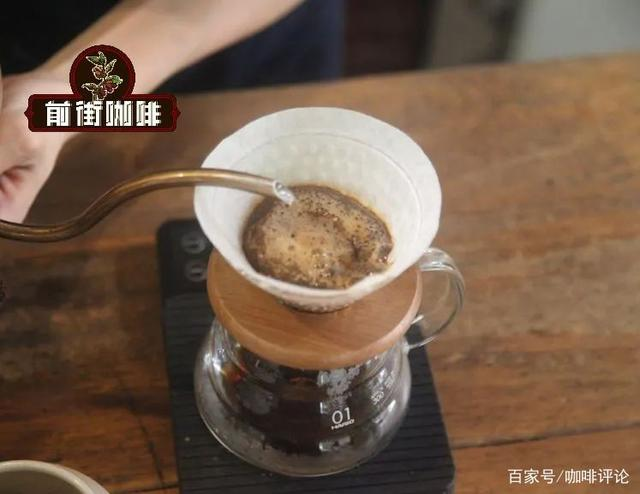
Second: soft (the current should be soft)
Gentle injection of water to reduce the impact of water on the powder bed. To control the height of the water level in the filter cup, slowly pour water at a lower height after steaming, and then let the coffee powder in the filter cup seem to be soaked. This can slow down the pace of extraction and easily produce coffee with a soft taste and a solid taste.
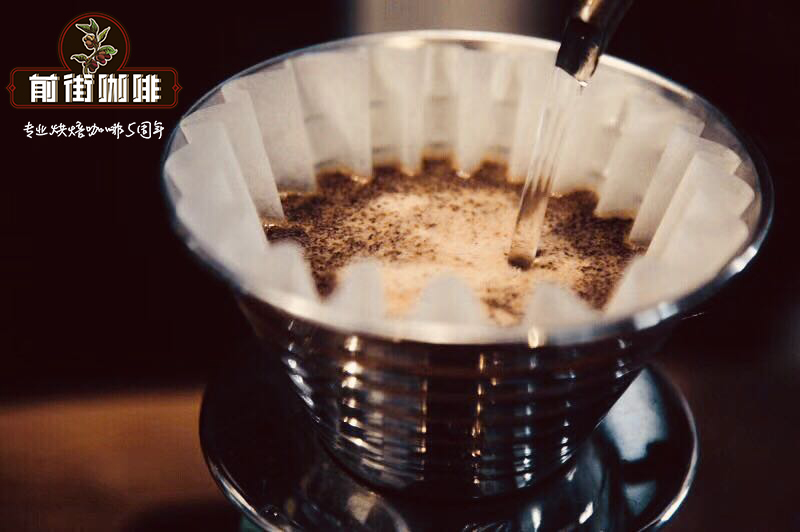
Third: slow (circle slowly)
Slowly pour water on the powder bed from the inside to the outside and then from the outside to the inland. Too fast a circle will increase the stirring effect of the water on the coffee, and it is easy to make the medium and deep roasted beans bitter. Try to reduce the stirring of the powder bed and try to extract the taste of coffee by soaking. This can effectively control bitterness and astringency.
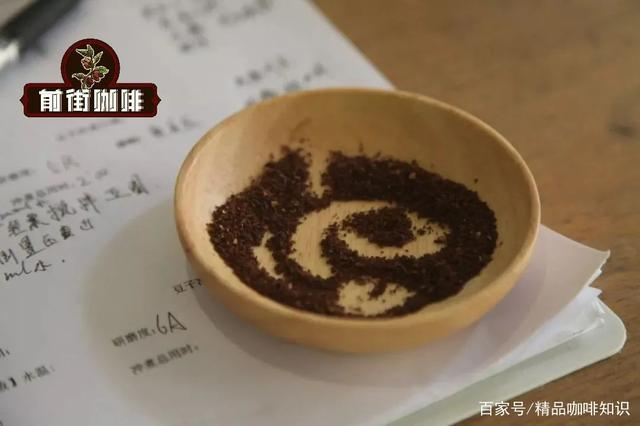
Fourth: rough (rough grinding)
Rough grinding can reduce the contact area between coffee powder and water, so that coffee is not easy to bring out bitterness and astringency due to high temperature water at the beginning of brewing, combined with slow brewing, prolonging the extraction time, lowering the water temperature in the latter section, and then slowly bringing out the flavor and taste substances.
Just from the extraction principle, shallow baked beans, the degree of cell expansion is relatively deep baking is smaller, water absorption will be weaker. When water and cells meet, it takes more time to extract the desired substance. Basically, shallow roasting can be fine-grinded, deep-roasted can be coarse-ground, and if your coffee becomes bitter, you can try to adjust the extraction method of medium-deep roasted beans through the above points.
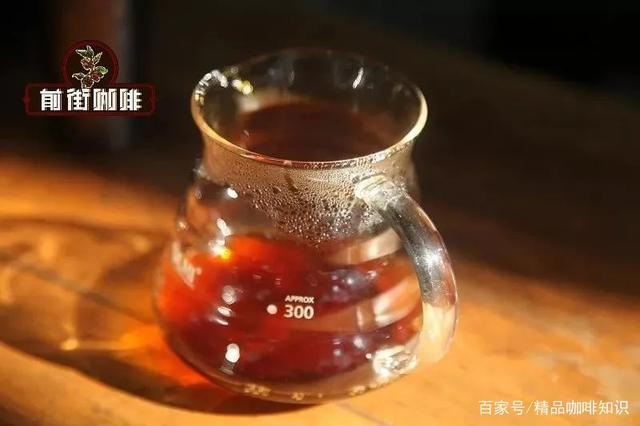
Important Notice :
前街咖啡 FrontStreet Coffee has moved to new addredd:
FrontStreet Coffee Address: 315,Donghua East Road,GuangZhou
Tel:020 38364473
- Prev
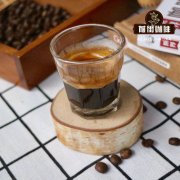
How much is Jamaica Blue Mountain? what is Jamaican Blue Mountain Coffee? The flavor of Jamaica Blue Mountain Coffee
Professional coffee knowledge exchange more coffee bean information please follow the coffee workshop (Wechat official account cafe_style) Jamaican coffee beans have a long history. In 1728 the then British Governor Nicholas Lowe Sir Nicholas Lawes imported coffee from French Martinique Island to Jamaica. As the local climate is very suitable for growing coffee beans, he bought it nine years after the introduction.
- Next
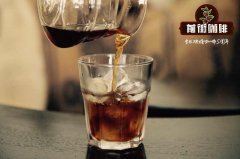
How is Kenyan coffee graded? How do Kenyan coffee elephant beans come from
Professional coffee knowledge exchange more coffee bean information Please pay attention to the coffee workshop (Wechat official account cafe_style) there is a wide variety of coffee, each has its own grade, to have a cup of coffee, there are many different choices. Among them, beans from the same producing area are divided into several grades of Kenyan coffee grading system (official, washed beans): Kenyan coffee is graded mainly by coffee.
Related
- Detailed explanation of Jadeite planting Land in Panamanian Jadeite Manor introduction to the grading system of Jadeite competitive bidding, Red bid, Green bid and Rose Summer
- Story of Coffee planting in Brenka region of Costa Rica Stonehenge Manor anaerobic heavy honey treatment of flavor mouth
- What's on the barrel of Blue Mountain Coffee beans?
- Can American coffee also pull flowers? How to use hot American style to pull out a good-looking pattern?
- Can you make a cold extract with coffee beans? What is the right proportion for cold-extracted coffee formula?
- Indonesian PWN Gold Mandrine Coffee Origin Features Flavor How to Chong? Mandolin coffee is American.
- A brief introduction to the flavor characteristics of Brazilian yellow bourbon coffee beans
- What is the effect of different water quality on the flavor of cold-extracted coffee? What kind of water is best for brewing coffee?
- Why do you think of Rose Summer whenever you mention Panamanian coffee?
- Introduction to the characteristics of authentic blue mountain coffee bean producing areas? What is the CIB Coffee Authority in Jamaica?

